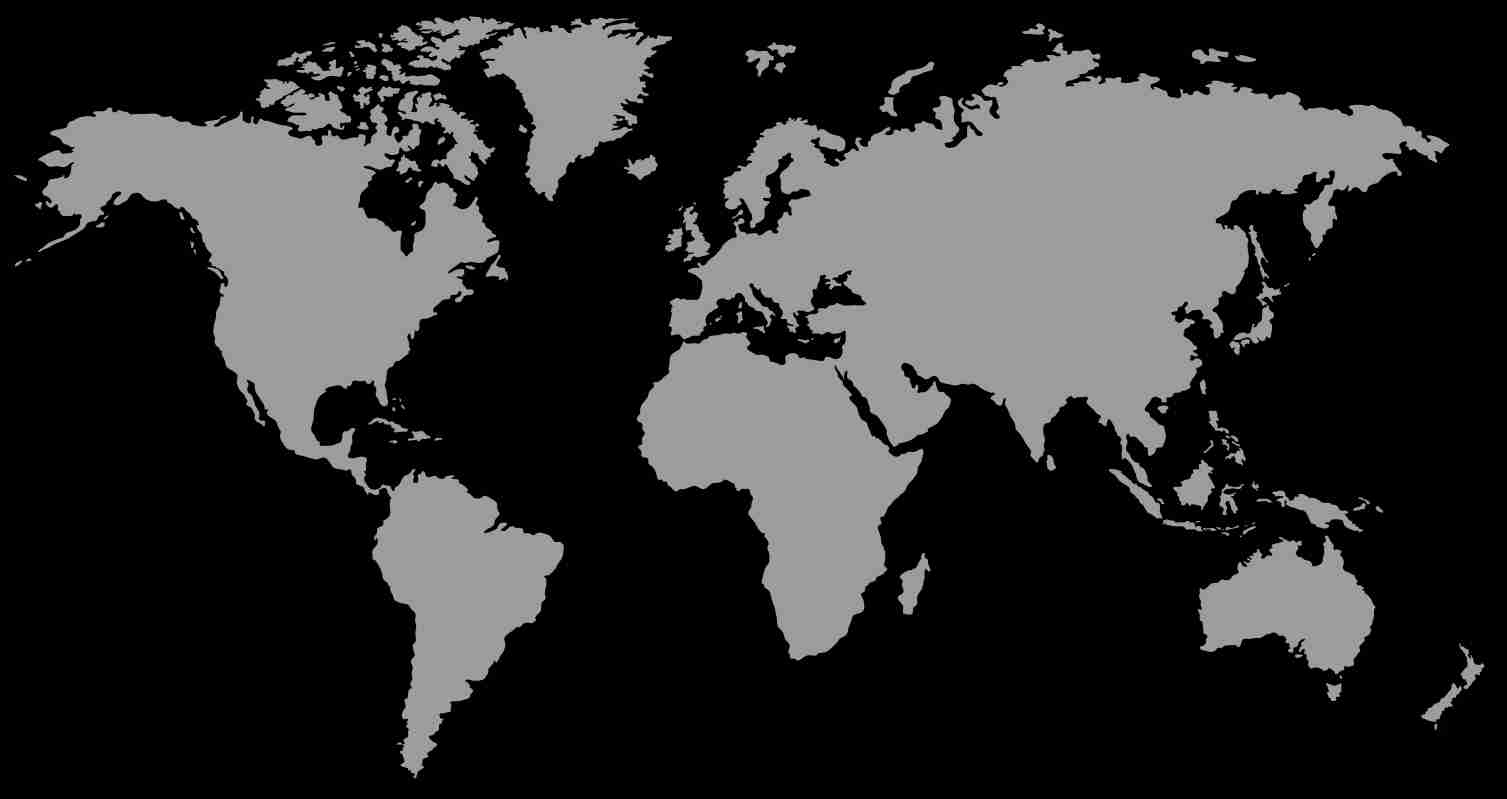
How to Pack for an Argentina Holiday
BlogPacking for the north
Packing for the north is the easy part as it never gets too cold, so a couple of pairs of shorts and trousers, obviously t-shirts and then a jumper will cover you for eventualities. A thin water-proof may come in handy if you travel in the winter or do not like spray from the falls. In the summer, grab your sun cream as well!


Packing for the south
Patagonia is a bit trickier in terms of packing, as it is difficult to predict how much cold-weather clothing you will need. It is generally best to take thermal clothing and follow the advice below to ensure the cold does not hinder your enjoyment of the glaciers. A tip for Patagonia – make sure you plan your trip in advance to ensure the areas you wish to visit are open as much of Patagonia is closed off in the winter months (April to August/September).
Starting from the bottom up, a decent pair of trainers is vital, though you might prefer walking boots depending on whether you plan to do a Patagonia trek. Whether it is raining, snowing, cold or one of the rare warm days decent foot gear is essential for exploring the national parks, glaciers or in some cases just standing upright on the pavements when icy. If you have crampons (spikes for your shoes) pack them in your hold luggage (NOT hand!) if you plan to do a glacier trek. Don’t worry if you do not have these as they will be easily available to rent/buy when you arrive.
Standard trousers are fine, there is no need for water-proof or ski type trousers as these are bulky and most tourists do not go off the beaten track enough to justify this. If hiking through Torres Del Paine or Tierra del Fuego, jeans are not great as they will be heavy when wet and do not breathe, so I’d recommend investing in some walking trousers. They are also light and easy to squeeze in to your bag.
The top half is important. Start with the essential item of clothing everyone owns in abundance: a t-shirt, then add a sweatshirt for warmth (a hoodie may even be good to keep your head warm). The layer on top is the most important so I would advise to take a warm jacket, a water-proof jacket or a combination of the two. Standing out on the deck of a boat passing along the Beagle channel can be freezing when the wind blows, but while wandering around Ushuaia or El Calafate you may not need a massive jacket and if you are hiking (and building up body temperature as you go) then a thin jacket may be all that is required. The key to the south is …. LAYERS!!
Layers are easy to add to when cold and easy to remove when hot with the other major benefit being that thin layers such as t-shirts, jumpers, etc, take up very little space compared to a thick warm water-proof. Woolly hat, gloves and a scarf are also recommended as they will keep your pressure points insulated, and won’t take up much room.


Example kit list for the north:
• T-shirts
• Shorts
• Jeans
• Trainers
• Flip flops
• Sun cream /sun glasses
• Sweat shirt
Example kit list for the south:
• Sturdy trainers / walking boots
• Walking style trousers for when in National Park
• Jeans fine for in town
• T-shirts
• Sweat shirt
• Thin jumpers
• Water-proof
• Gloves, woolly hat, scarf
To pack light, put everything out that you think you will need – then put half of it away. Think practical and remember to roll rather than fold (to reduce creases). It’s a good idea to fit small things inside your shoes, and put everything you will need on your first leg of your trip towards the top of your back pack/suitcase for easy access. During my holidays, I like to take a pillowcase to put my pjs, earplugs, etc, in to keep them together, and also to put over a woolly jumper to create a makeshift pillow for long journeys.


